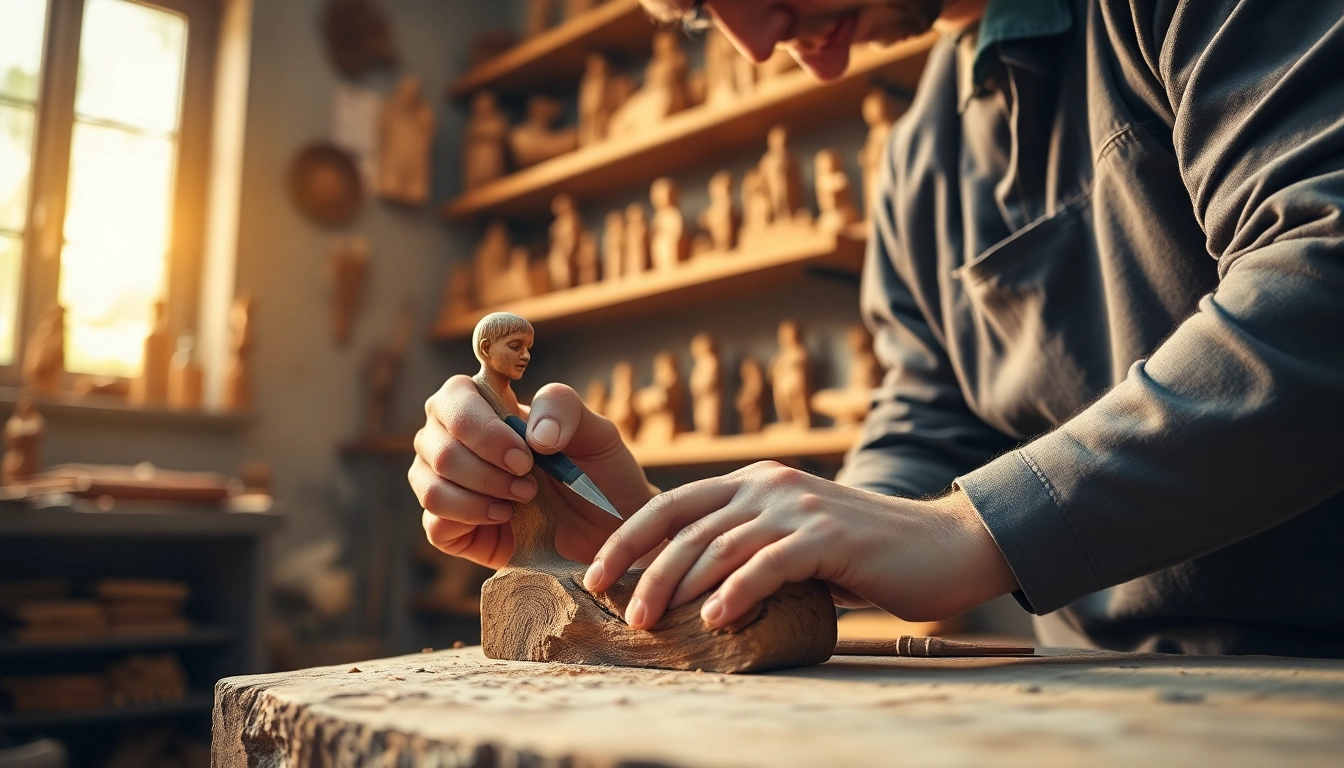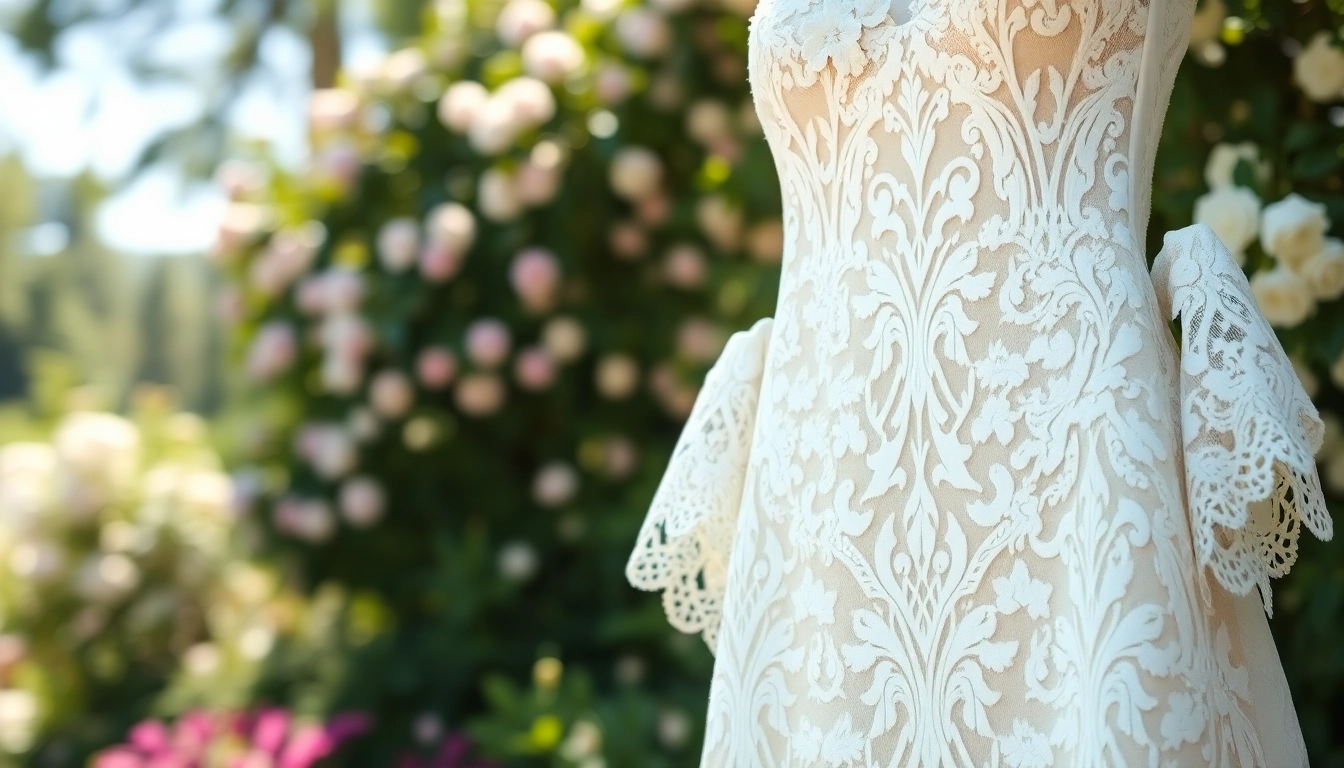Understanding Olive Wood Carvings
What are Olive Wood Carvings?
Olive wood carvings are intricate pieces of art crafted from the wood of olive trees, primarily found in the Mediterranean region. These carvings are produced through traditional techniques that have been handed down through generations by skilled artisans. The use of olive wood is especially prominent in places like Bethlehem and Jerusalem, where it holds both cultural and religious significance. The resulting artworks range from nativity scenes, crosses, and figurines to functional kitchenware, each embodying a unique blend of spirituality and craftsmanship.
The History of Olive Wood Carvings
The history of olive wood carving can be traced back thousands of years. Ancient civilizations utilized olive trees not only for their delicious fruit and oil but also for their durable and aesthetically pleasing wood. Olive wood has been associated with peace and prosperity, often used to create religious artifacts in various cultures. Over the centuries, especially following the rise of Christianity, olive wood carvings became a prominent handcraft in the Holy Land, particularly during the Byzantine period when many churches were built. This historical context lends an even deeper value to today’s olive wood carvings, making them not just art pieces but connections to the past.
Cultural Significance and Symbolism
In addition to their aesthetic appeal, olive wood carvings are steeped in cultural and religious symbolism. The olive tree itself is mentioned numerous times in religious texts, representing peace, wisdom, and endurance. For Christians, these carvings often depict scenes from the Bible, including the Nativity and various saints, serving as reminders of faith and devotion. The craftsmanship involved in these pieces often reflects the culture of the artisans, incorporating local traditions and stories, which makes each carving unique and endowed with a specific cultural narrative.
Techniques and Tools for Carving Olive Wood
Essential Tools for Olive Wood Carving
Carving olive wood requires specialized tools to ensure precision and detail. Some of the essential tools include:
- Chisels: Various sizes of chisels are essential for creating different shapes and depths in the wood.
- Gouges: Used for removing large areas of wood and achieving curves and hollows.
- Knives: Detail knives are used for fine work and intricate designs.
- Rasps and Files: These are important for smoothing the surface after the basic shape has been established.
- Sandpaper: For final polishing to achieve a smooth finish.
Step-by-Step Carving Techniques
The carving process can be broken down into several key steps:
- Planning: Start with a clear design. Sketch your ideas or use existing patterns.
- Preparing the Wood: Select a quality piece of olive wood, ensuring it is dry and free from major flaws.
- Roughing Out the Shape: Use larger tools like gouges and chisels to remove excess material and form the basic shape of the sculpture or carving.
- Detail Work: Switch to finer tools for intricate details, focusing on the elements that define your piece.
- Smoothing and Finishing: Once the carving is complete, use rasps and sandpaper to smooth out surfaces and edges.
- Applying Finish: Many carvers apply oils or waxes to enhance the wood’s natural beauty and provide protection.
Common Mistakes and How to Avoid Them
Even seasoned carvers can face challenges. Some common mistakes include:
- Not Planning: Failing to sketch designs can lead to a lack of direction. Always plan ahead.
- Forcing Tools: Applying too much pressure can cause cracks. Use controlled, gentle pressure with tools.
- Skipping the Finish: Neglecting to finish the piece can result in dull appearances and susceptibility to damage. Always apply a finish for durability.
Types of Olive Wood Carvings
Religious and Spiritual Symbols
Many olive wood carvings are religious in nature, often depicting figures such as Jesus, Mary, and Joseph, along with various saints and biblical scenes. These carvings are popular among collectors and believers alike, serving as items of devotion. The craftsmanship of these religious artifacts reflects the artisans’ faith and serves as a means of storytelling, encapsulating narratives that are central to the Christian faith.
Functional Art: Olive Wood Kitchenware
Besides religious items, olive wood is known for its kitchenware, such as bowls, cutting boards, and utensils. Olive wood has natural antibacterial properties, making it a suitable material for kitchen items. The unique grain patterns of the wood lend an artistic touch to these functional pieces, making them desirable both for culinary use and as decorative art objects in the home.
Decorative Pieces: Statues and Figurines
Statues and figurines are among the most recognizable forms of olive wood art. Ranging from small carvings to large sculptures, these pieces often feature intricate designs and detailed craftsmanship. Artisans typically create figures that showcase cultural themes, wildlife, and everyday life in the Holy Land, making them appealing as gifts or collectibles. Many of these decorative pieces are used to adorn homes and offices, serving as conversation starters and beautiful displays of artistry.
Buying Olive Wood Carvings: What to Look For
Authenticity and Sourcing
When purchasing olive wood carvings, authenticity is crucial. Authentic pieces are typically sourced from artisanal workshops in the Holy Land, often accompanied by certificates of authenticity, ensuring that your purchase supports local craftsmanship. Look for carvings that maintain the natural texture and grain of the olive wood; these are often indicators of quality. Be sure to ask sellers about the origin and production process of their items.
Price Ranges and Quality Indicators
The price of olive wood carvings can vary widely based on size, intricacy, and source. Generally, more intricate carvings will cost more due to the labor-intensive processes involved. For example, small figurines may cost around $20-$50, while larger, more detailed statues can range from $100 to several hundred dollars. Always check for indicators of quality, such as smooth finishes and detailed craftsmanship. A good rule of thumb is that higher quality would usually be reflected in the price.
How to Care for Olive Wood Items
Proper care can prolong the life of your olive wood carvings and ensure they retain their beauty. Here are a few tips:
- Cleaning: Use a damp cloth to clean the surface and avoid soaking in water.
- Conditioning: Periodically apply food-safe mineral oil or beeswax to maintain the wood’s luster and protect it from drying.
- Storing: Keep carvings away from direct sunlight and extreme humidity, as these conditions can warp or crack the wood.
Finding the Best Olive Wood Carvings Online
Top Online Retailers for Authentic Olive Wood Carvings
Many reputable online retailers offer a variety of authentic olive wood carvings. Websites like Olive wood carvings can provide verified artisans’ works. Additionally, sites dedicated to handmade crafts and local artisan products can also be good sources. Always check reviews and ratings to ensure you are purchasing from trusted sellers.
Customer Reviews and Recommendations
Before purchasing, seek out customer reviews and testimonials about the sellers you’re considering. Reliable reviews will give insight into the quality of the carvings, the customer service experience, and delivery. Social media platforms and online marketplaces often have sections dedicated to customer feedback, making them helpful resources for first-time buyers.
Supporting Local Artisans and Fair Trade Practices
Buying olive wood carvings not only allows you to own a unique piece of art but also supports local artisans and their communities. Many craftsmen depend on this trade for their livelihood, and engaging in fair trade practices ensures that they receive adequate compensation for their work. Look for shops that emphasize ethical sourcing and support the local economies in the regions where these artisan crafts are produced.














Leave a Reply